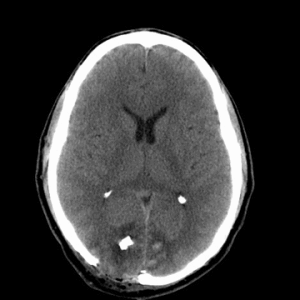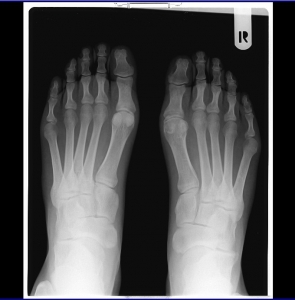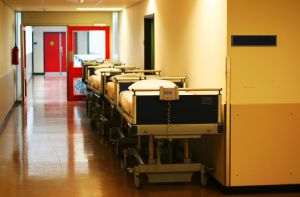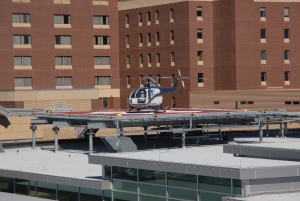Ross v. Marion, a case heard by the Supreme Court of Alabama, involved a woman who filed a wrongful death case under a theory of medical practice and negligence in connection with the death or her husband.
 In 2009, victim went to defendant’s hospital to undergo a kidney removal procedure. While under general anesthesia, victim suffered a heart attack. Doctors were able to revive victim from his unconscious state, but the heart attacked caused victim to suffer a medical condition known as hypoxic encephalopathy. This is essentially meant to indicate a loss of oxygen to the brain. This results in severe brain damage, leaving victim in a nonresponsive state. Continue reading
In 2009, victim went to defendant’s hospital to undergo a kidney removal procedure. While under general anesthesia, victim suffered a heart attack. Doctors were able to revive victim from his unconscious state, but the heart attacked caused victim to suffer a medical condition known as hypoxic encephalopathy. This is essentially meant to indicate a loss of oxygen to the brain. This results in severe brain damage, leaving victim in a nonresponsive state. Continue reading
 Boston Personal Injury Attorney Blog
Boston Personal Injury Attorney Blog









